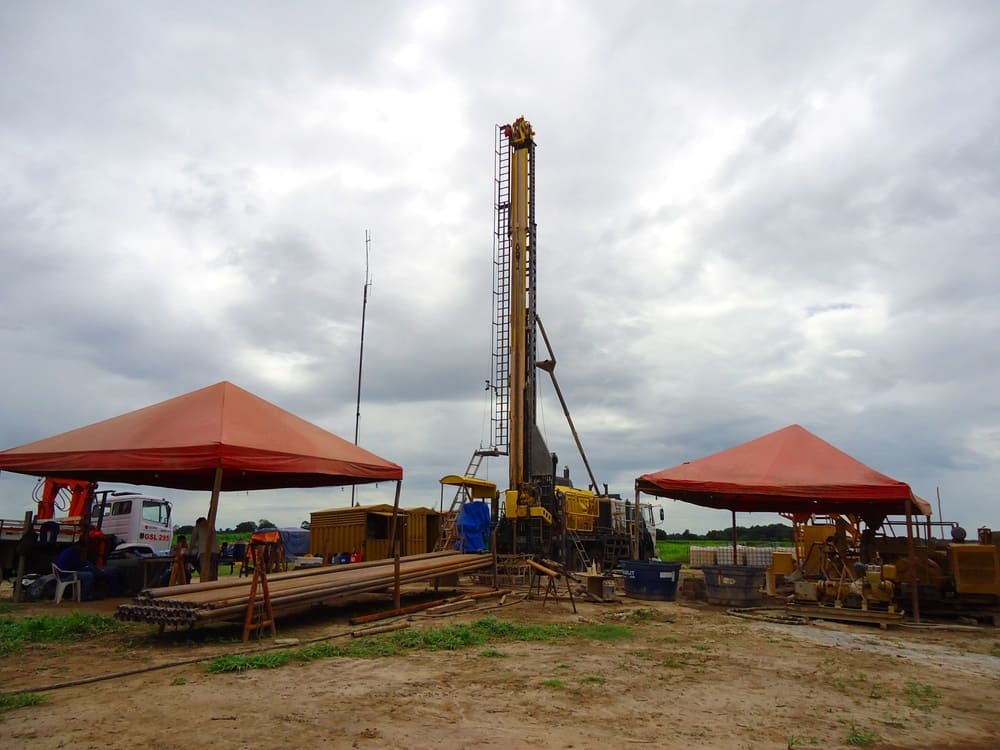
Brazil is home to a vast supply of potash, a natural mineral found in abundance within the country’s soil. This mineral is helpful in the production of fertilizer and is an important resource for the agricultural industry. Thanks to recent advancements in technology, the potential of Brazil’s potash mining industry has been unlocked, allowing Brazilian miners to access and harvest this mineral in a safe and efficient manner. Let’s explore the potential of Brazil’s potash mining industry, the technology that is being used, and the economic benefits it could bring to the country and the potash mining market.
Brazil Potash is a Canadian mining company with its flagship Autazes Potash Project near Manaus, Brazil. The Brazilian government has given the project its support, and last year there had been plenty of discussion about the importance of fertilizers to the country. The administration released the National Fertilizer Plan, highlighting the importance of potash in the country’s fertilizer mix.
The Autazes Potash Project’s goal is to double the current production, changing the domestic market completely. Currently, the global potash market is dominated by a small group of countries including Russia, Canada, and Belarus. This in turn makes it more expensive for companies and countries to import potash for important applications such as improving crop yields and fertilizer quality.
The Autazes Potash Project has the potential to be so large that it could single-handedly change the potash market dynamic and ultimately shift Brazil from a net importer to a net exporter in the future.
Brazil is one of the world’s largest exporters of agricultural products, and its potash mining industry is not contributing to this success. The country has a large number of potash deposits, estimated to be around 45 billion tons, which is enough to cover the world’s demand for the mineral for decades. The deposits are located mainly in the northern regions of Brazil, and they are considered to be some of the most promising in the world.
The Development of a Potash Mining Project
There are several stages to a potash mining project that must be completed before the mineral can be effectively and safely extracted. The first step is to conduct a geological survey of the area, which includes the use of geophysical instruments to determine the size and shape of the potash deposits. After this, a drilling program is conducted to further characterize the deposits and create a three-dimensional map of them. This is followed by the construction of a mine, which is typically done using underground mining techniques.
Once the mine is operational, the mineral is extracted and processed in a number of ways, depending on the type of potash being mined. Potash can be processed into a variety of different products, including fertilizer, animal feed, and industrial chemicals. After this, it is ready to be transported to its destination.
The Benefits of Potash Mining in Brazil
Potash mining in Brazil has a number of benefits to the country’s economy. It creates jobs in the mining industry and helps to drive the development of rural areas. It also generates taxes for the government and provides a reliable source of income for the communities around the mines.
The increased production of potash also helps to promote the sustainable development of the agricultural sector. The fertilizer produced from potash helps to increase crop yields and improve soil fertility, which can help to reduce hunger and poverty in rural areas.
Unlocking Brazil’s Full Potash Potential
Thanks to projects like the Autazes Potash Project, Brazil is now on the verge of unlocking the full potential of its potash industry. This will bring significant economic benefits to the country and the potash market as a whole. It will also help to reduce the global dependence on a small group of suppliers and provide a reliable source of potash to the world.



 Follow us on Twitter
Follow us on Twitter Become our facebook fan
Become our facebook fan










Comments are closed.